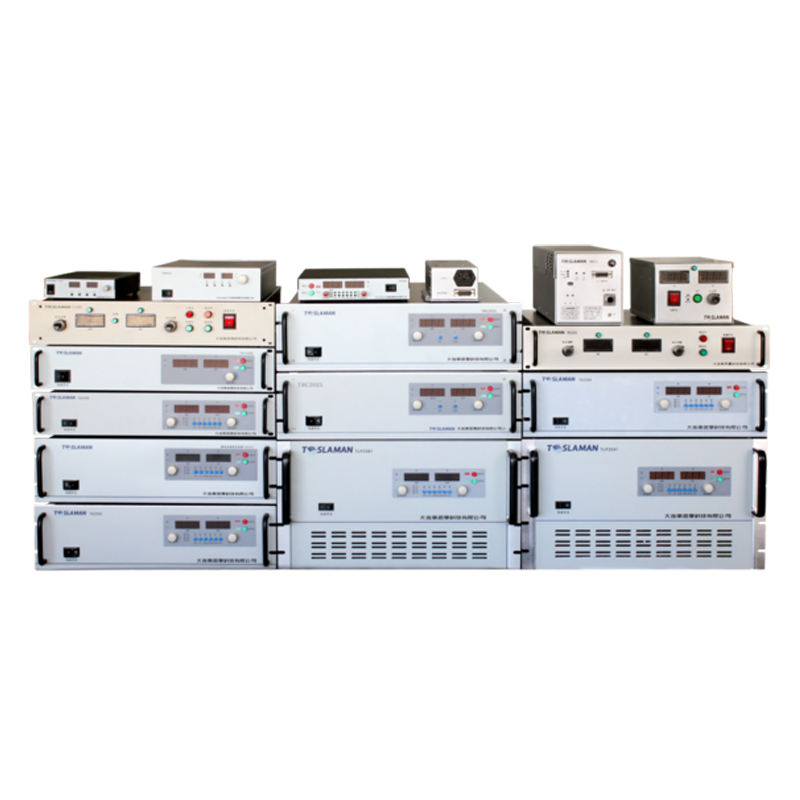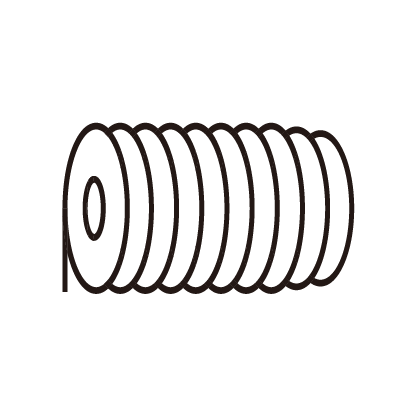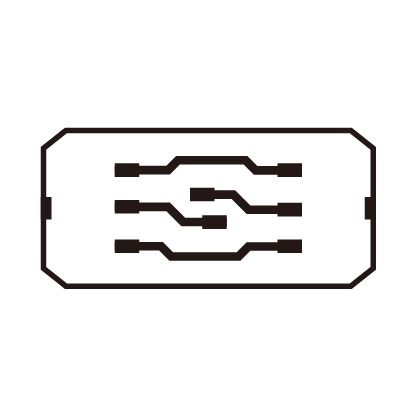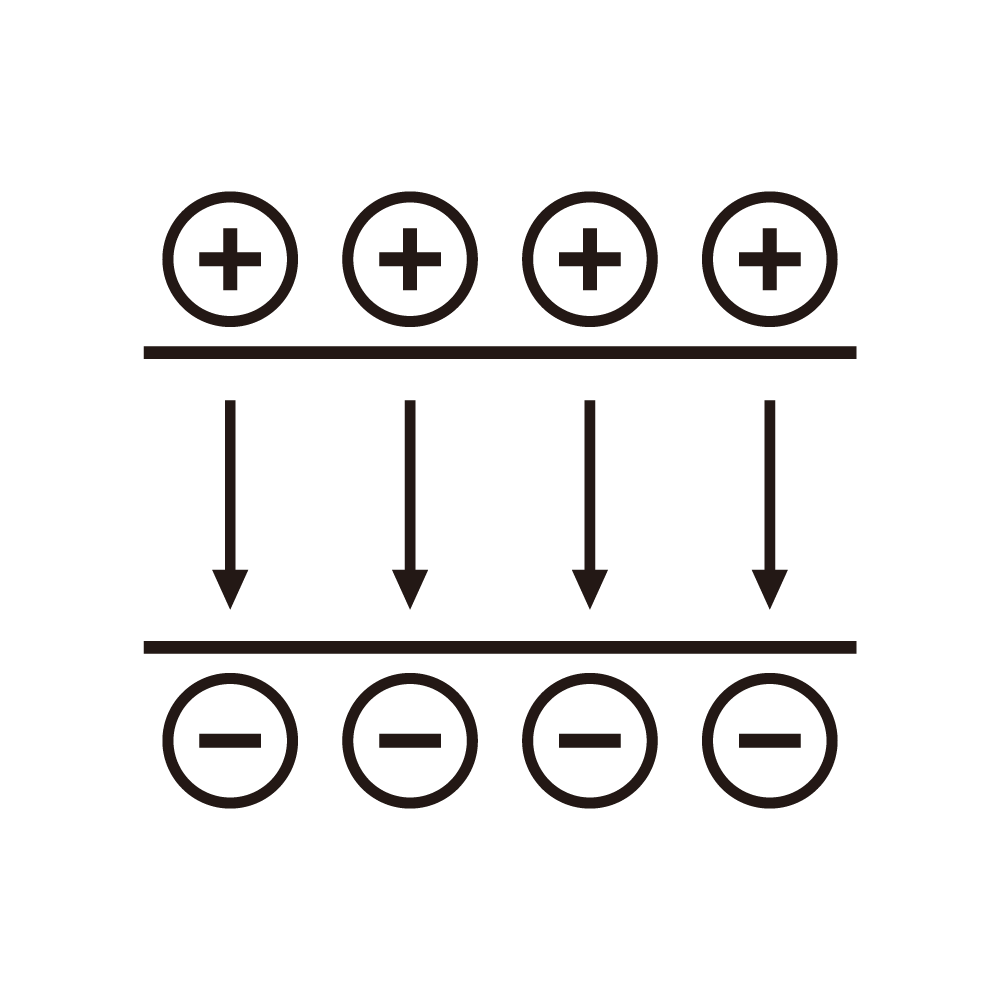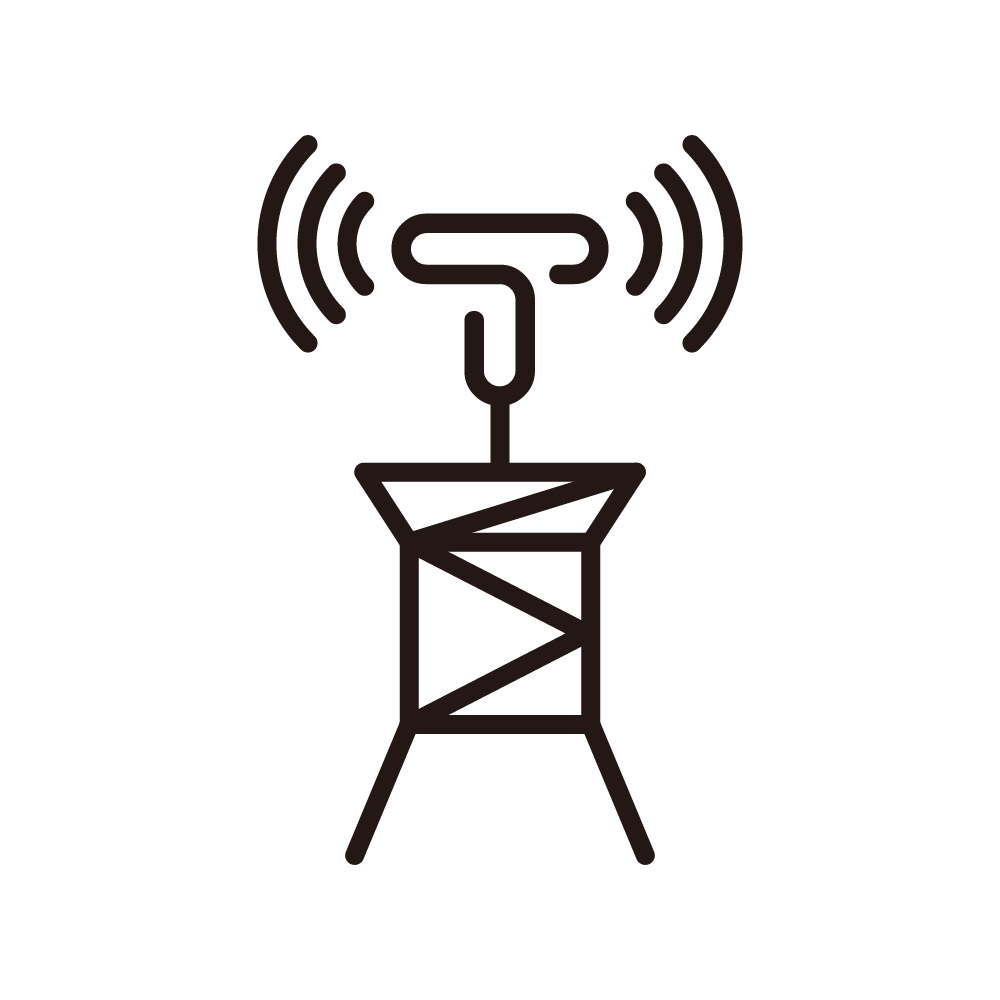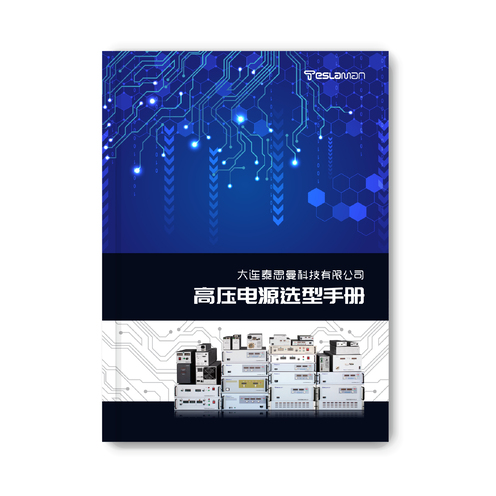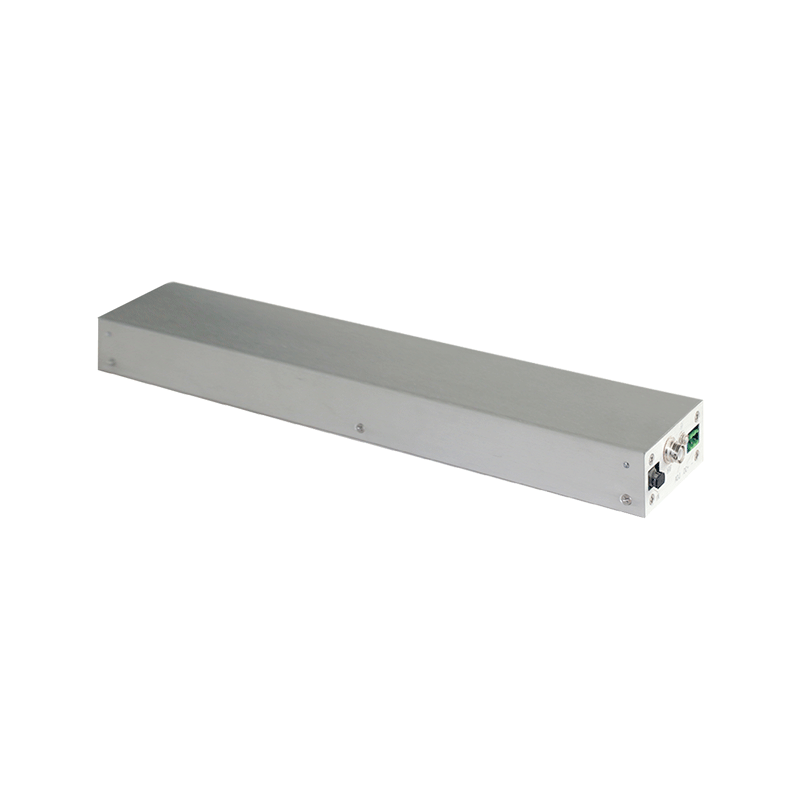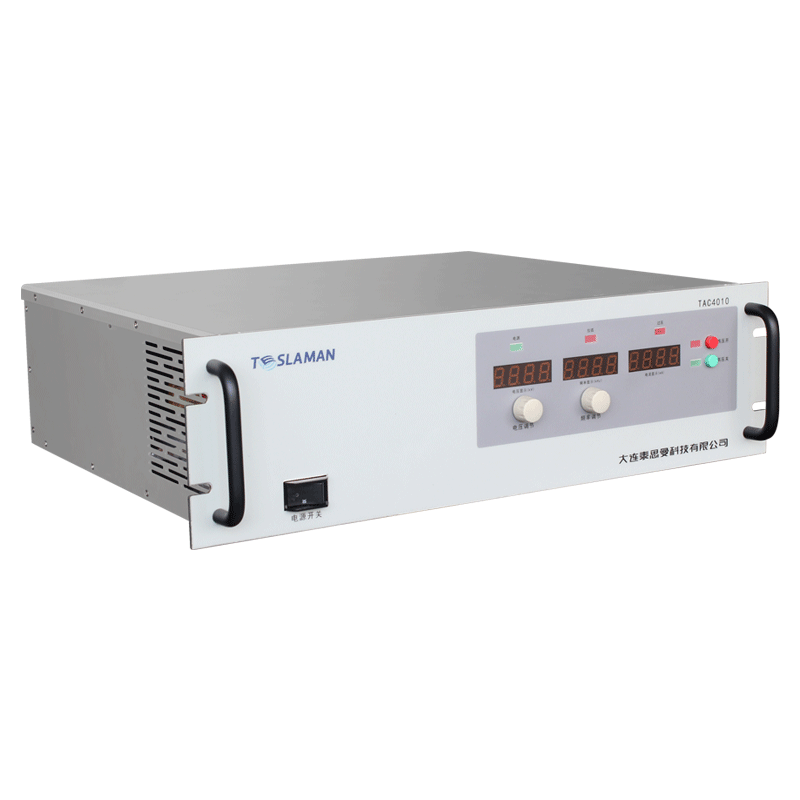Switching of Pulsed High-Voltage Power Supplies for Coating Applications: Technical and Application Analysis
Introduction
In modern industry, coating technology is widely used in fields such as optics, semiconductors, aerospace, and renewable energy. The quality and efficiency of the coating process directly impact the performance and reliability of products. Pulsed high-voltage power supplies, as one of the core components of coating equipment, play a decisive role in coating outcomes due to their performance and switching capabilities. This article explores the switching of pulsed high-voltage power supplies for coating applications from three aspects: technical principles, switching methods, and practical applications, while analyzing optimization strategies for different scenarios.
1. Technical Characteristics of Pulsed High-Voltage Power Supplies for Coating
Coating processes typically rely on technologies such as plasma-enhanced chemical vapor deposition (PECVD), magnetron sputtering, or ion beam-assisted deposition. These processes require highly precise and stable pulsed high-voltage power supplies to generate and control plasma and ion energy distribution. The main technical features of pulsed high-voltage power supplies include:
1. High Voltage Output
The coating process requires high-energy ions to achieve surface modification or thin-film deposition, so the power supply must provide output voltages of several thousand volts or higher.
2. Fast Response Capability
Pulsed high-voltage power supplies must be able to quickly switch output states to meet the needs of different stages of the coating process, such as plasma ignition, maintenance, and shutdown.
3. Precise Energy Control
Ion energy distribution directly affects coating quality, so the power supply must have high-resolution pulse width modulation (PWM) and frequency adjustment capabilities.
4. Low Ripple and High Stability
Voltage fluctuations can degrade coating uniformity, so the design of the power supply must minimize ripple and ensure long-term operational stability.
5. Multi-Mode Switching Capability
In complex coating processes, flexible switching between direct current (DC), unipolar pulse, and bipolar pulse modes may be required, posing higher demands on power supply design.
2. Switching Methods for Pulsed High-Voltage Power Supplies
The diversity of coating processes determines that pulsed high-voltage power supplies need to have flexible switching capabilities. Below are several common switching methods and their technical implementations:
1. Mode Switching
Different materials and substrates in coating processes may require different power supply operating modes. For example:
Direct Current Mode (DC Mode): Suitable for simple thermal evaporation or low-energy ion bombardment.
Unipolar Pulse Mode: Commonly used in magnetron sputtering, where periodic high-voltage pulses excite plasma.
Bipolar Pulse Mode: Suitable for high-precision coatings, improving plasma uniformity and ion energy distribution through alternating positive and negative high-voltage pulses.
Mode switching is typically implemented through software control, combined with switching elements (such as IGBTs or MOSFETs) in the hardware circuit to achieve rapid switching. Care must be taken during the switching process to avoid transient overvoltage or current surges that could damage the equipment.
2. Pulse Parameter Switching
In addition to operating modes, pulsed high-voltage power supplies also need to adjust key parameters according to process requirements, including:
Pulse Amplitude: Affects ion energy and plasma density.
Pulse Width: Determines the duration of each discharge.
Repetition Frequency: Controls the number of pulses per unit time, influencing the coating rate.
Parameter switching is typically achieved through digital signal processors (DSPs) or field-programmable gate arrays (FPGAs), ensuring smooth and delay-free switching.
3. Multi-Channel Switching
In some complex coating systems, it may be necessary to simultaneously power multiple targets or chambers. In this case, the power supply needs to support multi-channel independent control and switching functions. Synchronization and isolation between channels are critical design points to avoid mutual interference.
4. Fault Protection Switching
Abnormal conditions such as load short circuits or overcurrent may occur during the coating process. At such times, the power supply needs to quickly switch to protection mode, cutting off high-voltage output and issuing an alarm signal. Fault protection switching is usually achieved through real-time monitoring circuits and preset thresholds.
3. Practical Applications of Pulsed High-Voltage Power Supply Switching
The switching capability of pulsed high-voltage power supplies plays an important role in different application scenarios. Below are several typical application cases:
1. Optical Coatings
Optical coatings have extremely high requirements for film thickness and refractive index uniformity, so precise pulse parameter switching is needed to control deposition rates and ion energy. For example, in the manufacture of multilayer interference filters, the power supply frequently switches pulse amplitude and frequency to adapt to the deposition requirements of different materials.
2. Semiconductor Manufacturing
In semiconductor device production, coating processes are used to create insulating layers, conductive layers, and barrier layers. Due to the significant differences in deposition conditions for different materials, the power supply needs to flexibly switch between multiple modes. For example, in metallization processes, the bipolar pulse mode can effectively reduce film stress and improve adhesion.
3. Renewable Energy Sector
In the manufacture of solar cells and fuel cells, coating processes are used to prepare photoelectric conversion layers and catalytic layers. To improve photoelectric efficiency and durability, the power supply needs to dynamically adjust output parameters based on process stages. For example, in the manufacture of CIGS thin-film solar cells, the switching capability of pulsed high-voltage power supplies directly impacts film crystallinity and interface characteristics.
4. Aerospace Coatings
The aerospace field has strict requirements for coating wear resistance, corrosion resistance, and heat insulation. By optimizing the switching strategy of pulsed high-voltage power supplies, multiple functional coatings can be compounded in the same coating system. For example, in the surface treatment of turbine blades, the bipolar pulse mode can significantly improve coating density and bonding strength.
4. Optimization Strategies for Pulsed High-Voltage Power Supply Switching
To further enhance the effectiveness of coating processes, the switching capabilities of pulsed high-voltage power supplies can be optimized in the following ways:
1. Intelligent Control
Introduce artificial intelligence algorithms to automatically adjust the operating mode and parameters of the power supply based on real-time monitoring data, reducing manual intervention.
2. Modular Design
Divide the power supply into multiple functional modules for flexible configuration and expansion according to specific needs. For example, adding independent pulse generator modules to support more complex switching requirements.
3. Efficient Thermal Management
Heat generated during switching may affect the stability of the power supply, so thermal design needs to be optimized, such as using liquid cooling or a combination of air and liquid cooling.
4. Electromagnetic Compatibility Improvements
Switching operations may cause electromagnetic interference, affecting the normal operation of other equipment. By optimizing circuit layout and shielding measures, interference can be effectively reduced.
5. Redundant Design
Introducing redundancy in key components (such as switching elements and controllers) improves system reliability and fault tolerance.
5. Conclusion
The switching capability of pulsed high-voltage power supplies for coating applications is a crucial factor in determining the quality and efficiency of the coating process. By reasonably selecting switching methods, optimizing designs, and combining them with practical application scenarios, the performance of coating systems can be significantly improved. With the continuous emergence of new materials and processes, the technology of pulsed high-voltage power supplies will continue to evolve, bringing more possibilities to the coating industry. In the future, intelligent, modular, and efficient power supply designs will become mainstream trends, driving coating technology to new heights.
